Greenline 33 Hybrid
Design No. 224
2008
Changing the face of boating
Greenline 33 Hybrid is possibly the best-known of all our projects—it certainly made a big impact on how boating was perceived not only by boaters but by the general public.
Going boating, and having fun, while remaining respectful of the environment—and of other boaters—was made a reality. The term “gentleman’s boating” was coined.
By May 2008, given the 2008 economic crisis and growing environmental awareness, we felt a need for a completely new concept starting from a white sheet of paper. Many areas of our work on past projects, our understanding of technologies, design possibilities, and build processes made it possible that, together with development of technologies in other areas which could be transferred into boating, we could try something new.
We approached the project on three fronts: Emissions, comfort, and value. The boat was wanted to design needed to have as low emissions as possible and have zero emission capacity. She should be comfortable and bring true convenience to boating newcomers, meeting their expectations. And the new boat should be affordable, both to purchase and to maintain.
Emissions: J&J was involved in the development of a so-called flywheel generator, later evolving into a clutched electric motor on the flywheel which could work as a generator or as an electric propulsion motor. This work was slow, and had started in the mid-eighties with professor Anton Dolenc (of Steyr mono-bloc diesel engine design fame), Faculty of machine engineering in Ljubljana, and the producer of electric motors Iskra.
By early 2008, these “generators” were available for Steyr, Nanni and Volkswagen marine diesels, but we felt that such breakthrough zero-emission-capable technology could really shine on a purpose-designed boat, not as an adaptation of existing design. This called for a range of new design and engineering solutions. The critical one was designing a Lithium battery, safe, powerful and affordable.
Here the help of Andrej Pečjak, a pioneering entrepreneur electrifying cars, was critical. Purchasing light and powerful Lithium-polymer elements from Kokam, designing and building a cost-effective battery management system, a 12 kWh battery was built costing a third (and weighing a half) of market available solutions.
We also needed a new hull shape, which would be very energy-efficient at displacement speed (of 7 knots at 10 m waterline) for low-power electric drive but also capable of 15 knots when on diesel power. Extensive tank testing in Zagreb created a new generation of patented hull lines which were called “super displacement.” The result was a very slender hull capable of 6 knots with 7 kW electric power (at displacement of 5.5 T), and of 15 knots with a 165 HP diesel engine. The choice fell on VW, which not only helped with its image to sell this adapted Audi 2.5 lm engine on all continents but also provided generous support to the project. The hull was also quite seaworthy in all conditions (which paid out well in boats delivered to Australia and New Zealand). The zero-emission capacity was enhanced nicely with a 1.4 kW photovoltaic roof—which propelled the Greenline 33 without noise, emissions, vibration or waves at 4 knots on a sunny day.
Comfort and convenience: The new boat should be easy to sail and use, and be of timeless design. Our main focus for buyers were European baby boomers coming into retirement between 2008 and 2013, so J&J designed a single but very comfortable cabin with true beds, a good-sized bathroom, plus TVs, a 240 l fridge and all the bells and whistles of household conveniences. An unforeseen positive side-effect of the Lithium battery with all-time 220 AC power came into play: we could equip the boat with a range of 220 V AC home appliances, all much needed (and of great reliability and value!) in a small boat.
Value: The boat needed to be affordable to sell in large numbers. As we’d learned from Bavaria, that’s the most important factor in producing value. This was achieved via several angles: using automotive build rules; woodwork from mobile-home technology; general-use materials and equipment (which the availability of 220 V AC made possible).
The development was fun, and full of surprises—though it was also slow, expensive, and consumed a lot of power from the office. A test boat was built and extensively tested, and the first boat was launched in September of 2009.
Greenline 33 Hybrid was an instant bestseller. In our first production year, 2010, 114 boats were delivered. Despite the economic crisis, she became the world’s most solid 10 m boat in that year, and won twenty-one Boat of the Year, design, and environmental awards—making her possibly the most-awarded boat in history.
Approximately 650 units have been delivered to thirty countries so far, and the boat is still in production as we write these lines. Second-hand boats are sought-after and typically sell for more than the buyer paid for her when she was new. Owners come from sailing pedigrees, from a powerboat life, or are newcomers to boating. We are especially proud of this third Greenline owner population.
Greenline 33 Hybrid has brought the awareness that boating can be responsible and affordable without giving away any fun and comfort.
TYPE
LOA
B MAX
DRAFT
DSPL
CABINS
BERTHS
FUEL
WATER
ENGINE(S) h.p.
Power Hybrid
9,99
3,49
0,70
4800
1 + salon
2+3
500
300
220 HP DIESEL + 10 kW E-Motor


